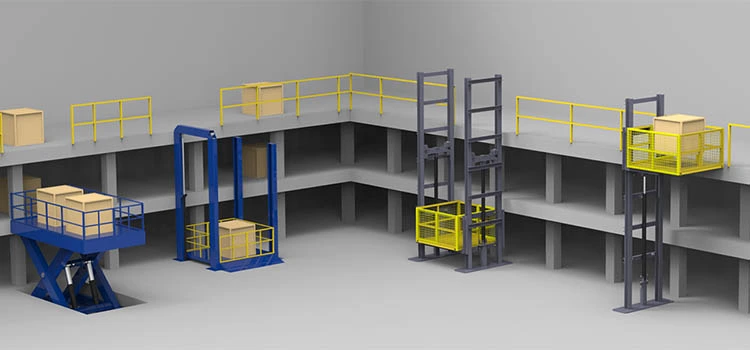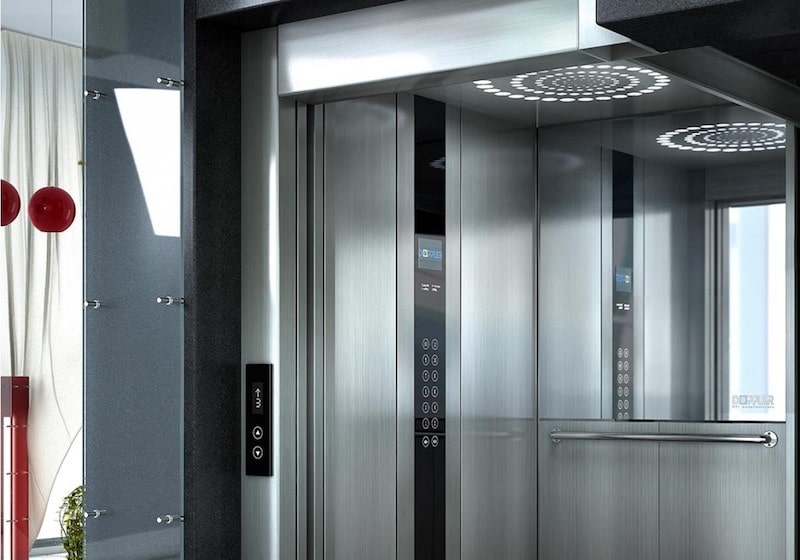We Maintain Lifts with Accuracy: Ensuring Safety And Security and Performance
We Maintain Lifts with Accuracy: Ensuring Safety And Security and Performance
Blog Article
Unwinding the Intricacies of Lift Technology: Troubleshooting Common Troubles Throughout Lift Designs
In the world of lift modern technology, a myriad of ins and outs frequently exist beneath the surface of what shows up to be a simple device. From slow-moving procedure problems to strange sounds emanating from the machinery, repairing typical issues across different lift designs demands an eager eye for detail and a methodical method - repair and maintenance services. As we get started on this trip to unwind the complexities that can afflict these essential tools, a deeper understanding of the internal functions and potential challenges of lift modern technology is essential. Keep tuned as we browse via the maze of lift malfunctions, looking for remedies to the enigmatic issues that can interfere with the smooth performance of these crucial devices.
Determining Slow Operation Issues

Following, examine the electric links to make sure that all elements are effectively connected and working. Defective electrical wiring or loose links can bring about reduce operation or total breakdown of the lift system. Furthermore, it is important to check the control system to identify if the issue lies in the programs or sensors.
If the visual assessment and electrical checks do not disclose the source of the slow procedure, additional diagnostic tests may be essential. These might consist of pressure tests for hydraulic systems, voltage tests for electrical components, or running diagnostic software for the control system. repair and maintenance services. By complying with a systematic approach to troubleshooting slow-moving procedure problems, you can efficiently solve the problem and determine, guaranteeing the lift runs safely and properly
Attending To Odd Sounds
To efficiently repair lift modern technology for unusual sounds, an extensive assessment of the lift components complying with the recognition of slow-moving operation concerns is vital. Odd sounds in lifts can be a sign of underlying troubles that call for timely interest to make sure the safety and security and reliability of the system. Usual sources of weird sounds in lifts include worn-out or misaligned sheaves, damaged motor bearings, loosened or damaged suspension ropes, and malfunctioning control systems. When attending to odd sounds, it is important to carry out a methodical inspection of these elements to pinpoint the precise reason of the noise precisely. This may entail looking for any type of visible indicators of deterioration, testing the capability of electric motor bearings, tightening up loose links, and lubricating moving parts as needed.
Additionally, it is essential to refer to the lift producer's maintenance standards and look for aid from qualified service technicians when dealing with intricate lift elements or unknown troubleshooting procedures. By quickly addressing odd sounds and resolving underlying problems, lift operators can guarantee the optimum performance and safety and security of the lift system for passengers and drivers.
Resolving Faulty Control Issues
A reliable method for addressing defective control issues in lift modern technology includes conducting a detailed analysis of the control system's elements and functionality. When running into concerns with lift controls, it is vital to initial check for any kind of loosened connections, damaged electrical wiring, or malfunctioning sensing units. Validating that all control keypads, display screens, and buttons are operating appropriately is also essential in diagnosing the problem properly.
If no visible problems appear, service technicians need to proceed to check the control board for any type of signs of water overheating, deterioration, or damage, as these can frequently cause manage malfunctions. Additionally, resetting the control system or updating the software application might assist settle certain glitches or insects triggering the issue.

Tackling Hydraulic System Malfunctions
The effectiveness of hydraulic systems in lifts relies greatly on the correct functioning right here of different elements within the system. resource When hydraulic systems breakdown in lifts, it can cause operational disruptions and safety and security worries. One typical problem is hydraulic fluid leak, which can happen because of damaged seals, loose connections, or damaged cyndrical tubes. To tackle this problem, technicians need to carry out a comprehensive assessment to identify the source of the leak and change any malfunctioning parts promptly.
Another regular hydraulic system malfunction is a loss of pressure, which can result from air entering the system, liquid contamination, or pump ineffectiveness. Technicians can resolve this by bleeding the system to remove air, replacing polluted liquid, or servicing the pump as needed. Additionally, irregularities in hydraulic fluid levels or unusual noises during lift procedure might show underlying system breakdowns that require prompt attention to stop more damage. Routine upkeep and prompt troubleshooting of hydraulic system concerns are vital to ensuring the reliable and risk-free operation of lift technology.
Dealing With Electric Component Failings
Attending to electrical element failures in lift modern technology demands an organized technique to detecting and fixing concerns to keep functional functionality and safety requirements. When experiencing electric problems in lift systems, it is critical to initial conduct a detailed examination of the electric parts, consisting of control panels, electrical wiring, sensors, and circuit boards. Any signs of damage, corrosion, loose connections, or burned aspects must be meticulously noted and dealt with immediately to avoid further problems.
When it comes to electrical part failings, it is vital to adhere to manufacturer guidelines for repairing and fixing treatments. my explanation This may include examining the elements using multimeters, oscilloscopes, or other analysis tools to determine the exact source of the breakdown. Additionally, having a comprehensive understanding of the lift's electric schematics and wiring diagrams can help in recognizing and remedying issues effectively.
Regular maintenance and evaluation timetables can help stop electrical failings by discovering potential problems beforehand. Proper training for lift service technicians on electric systems and components is likewise crucial to ensure accurate diagnosis and efficient resolution of electric troubles, ultimately contributing to the overall security and reliability of lift operations.
Conclusion
Finally, fixing lift modern technology calls for an organized approach to recognize and resolve usual troubles such as slow-moving procedure, strange sounds, defective controls, hydraulic system breakdowns, and electric part failings. By comprehending the complexities of lift modern technology and following correct fixing steps, specialists can effectively deal with problems and guarantee the reliable and secure procedure of lifts across numerous models.
To properly troubleshoot lift technology for odd sounds, a detailed assessment of the lift components adhering to the recognition of slow-moving procedure problems is important. Weird noises in lifts can be indicative of underlying issues that call for prompt attention to make sure the safety and security and reliability of the system.An effective strategy for dealing with faulty control issues in lift technology entails performing an extensive analysis of the control system's elements and functionality.The efficiency of hydraulic systems in lifts relies heavily on the correct performance of numerous parts within the system. repair and maintenance services. When encountering electric troubles in lift systems, it is important to initial conduct an extensive assessment of the electrical elements, including control panels, wiring, sensors, and circuit boards
Report this page